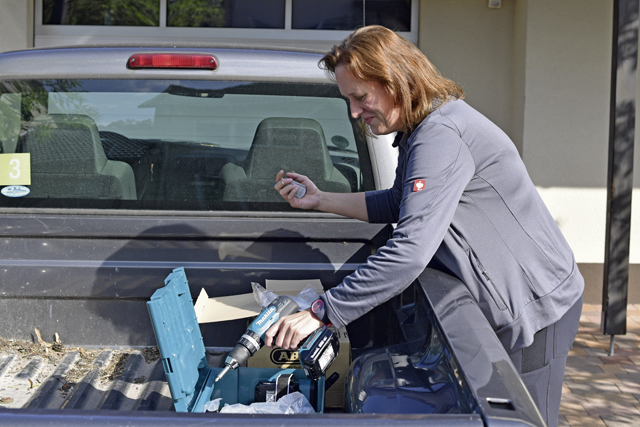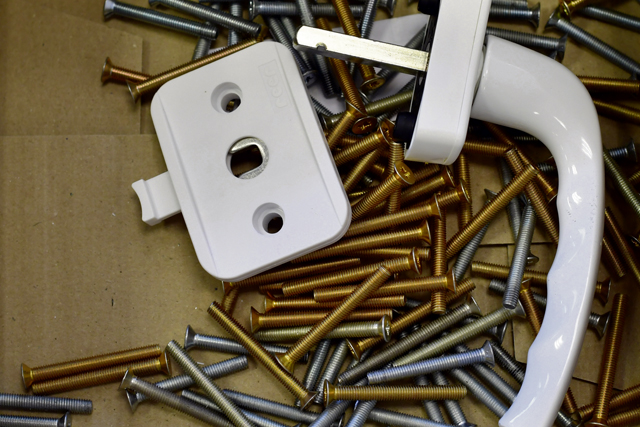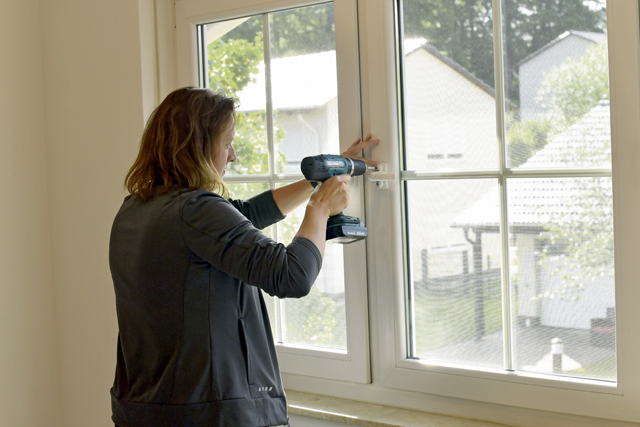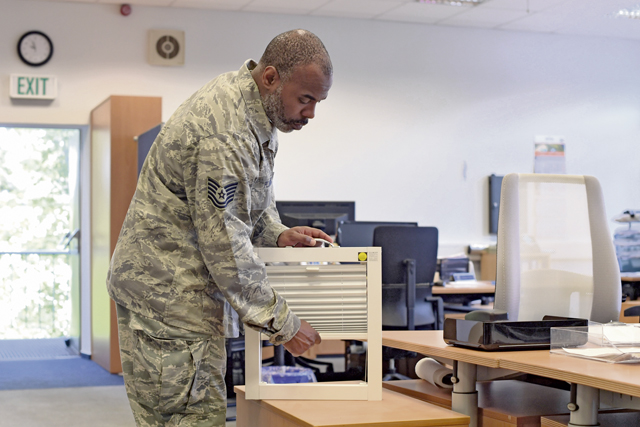
The Kaiserslautern Military Community Housing Office plans to continue installing child safety locks and new coverings on windows in housing on Ramstein Air Base, Vogelweh Military Complex and Kapaun Air Station, through August, to prevent unintentional falls and strangulation.
The safety locks, installed on upper-level townhome windows to provide fall protection, and cordless window covering replacements are part of Department of Defense safety initiatives to mitigate risk and ensure the well-being of military families.

“Per Congress, this was an actual requirement that was put in place,” said Esteban Abreu, 86th Civil Engineer Squadron facilities section chief, who is responsible for KMC Housing safety and maintenance.
Prior models left the risk of unintentional falls and strangulation, especially with younger children.
“As a mom I feel safer that my kids can’t fall out of their windows or get on the roof,” said U.S. Army Capt. Fawn O’Leary, 773rd Civil Support Team medical operations officer.

The new locks will have a latch on the side to unlock the window and enable the user to move the handle to the desired position for opening or tilting the window.
Instead of a lift cord, the new window coverings operate by manually pushing the bottom or top rail of the blinds up or down to position them at a desired height.

“For us to be within regulation, all we had to do was cut the cord,” Abreu said. “But the Air Force decided to go above that by going cordless 100 percent.”
Housing inspectors in the KMC are installing the new safety devices at all on-base housing locations, and notifications will be posted. If residents have any questions or would like to request a timeline on their address, they may call the KMC Housing Facility Section at 0631-536-7108.


